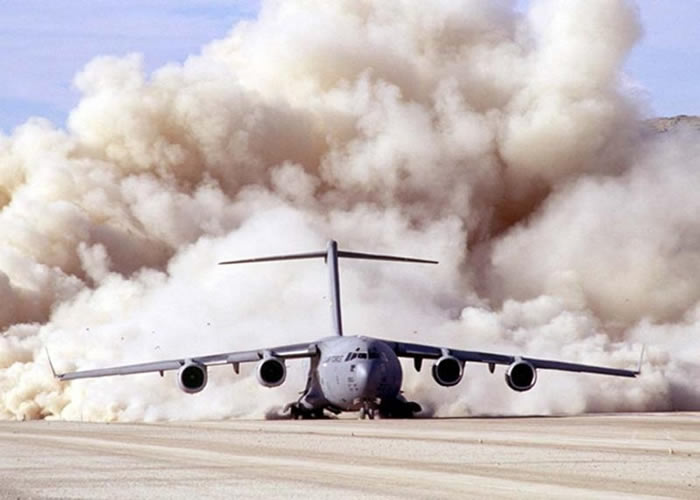Design changes; Configuration done; IAI bidding for project role; New plant in Portugal. (Feb 25/11)
Global competition in the 20-ton air transport segment continues to intensify, with Brazil’s launch of its KC-390 program. Embraer figures reportedly place the global C-130 replacement market at around 700 aircraft. In response, it will develop a jet-powered rival to compete with Lockheed Martin’s C-130J, the larger Airbus A400M, Russia’s AN-12 and its Chinese copy the Yun-8/9, and the bi-national Irkut/HAL MRTA project. Smaller aircraft like the EADS-CASA C-295M, and Alenia’s C-27J, may also represent indirect competition.
Embraer will now seek to extend its efforts and markets by crafting a jet-powered medium transport with a cargo capacity of around 25 tons, that can be refueled in the air, and can provide refueling services to other aircraft by adding dedicated pods. The KC-390 has become a multinational effort, and could even become a transatlantic project…
Feb 25/11: Embraer has frozen the configuration of its KC-390 tanker/transport, and plans to begin the joint definition phase in May 2011, once final decisions are made on major sub-contractors. Aviation Week describes a full scale mockup at Embraer’s plant in Sao Jose do Campos.
http://www.aviationweek.com/aw/blogs/defense/index.jsp?plckController=Blog&plckBlogPage=BlogViewPost&newspaperUserId=27ec4a53-dcc8-42d0-bd3a-01329aef79a7&plckPostId=Blog%3a27ec4a53-dcc8-42d0-bd3a-01329aef79a7Post%3aa740522f-7aae-40d7-a7cd-a643073898a8&plckScript=blogScript&plckElementId=blogDest
Recent changes include longer wings (now 35.06 m), to enable slower 120 kt flight for helicopter refueling with the hose-and-drogue pods. Some customers are reportedly interested in a refueling boom as well, and Embraer is looking into this but doesn’t have a design it likes yet. The most unusual feature may be a movable pressure bulkhead that retracts into the roof and descends to seal the cargo cabin. While it shortens the cabin to 12.78m, it would allow high altitude airdrops from the space behind, without depressurizing the entire cabin.
Jan 5/11: Flight International reports that IAI and Synergy’s EAE joint venture is offering cockpit avionics and aircraft self-protection systems for the KC-390, under a 2009 cooperation pact.
http://www.flightglobal.com/articles/2011/01/05/351498/iai-offers-systems-for-embraers-kc-390-programme.html
IAI already has a presence in Brazil, supplying radars and maintenance services, and rumors of electronic intelligence or airborne early warning system KC-390 variants would play to IAI strengths. It’s worth remembering, however that both Embraer (ERJ-145 based R-99A) and IAI (Gulfstream G550 based CAEW) already have established AWACS offerings based on efficient, long endurance business jets. This makes the business case for an E-390 AWACS offering problematic for both parties...



